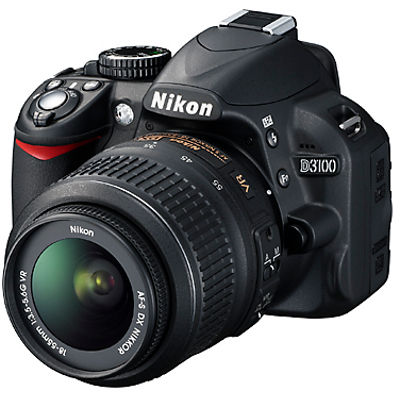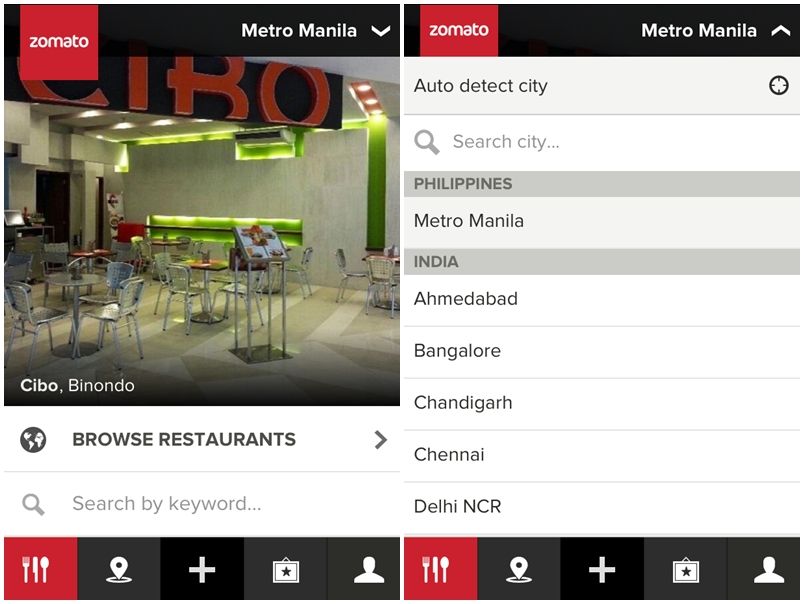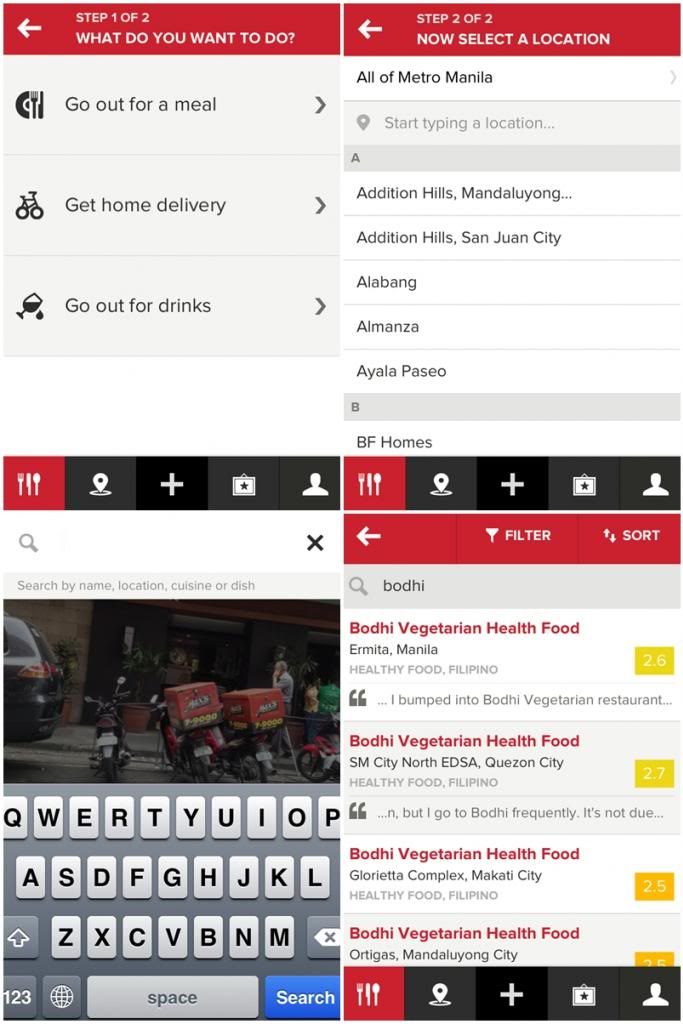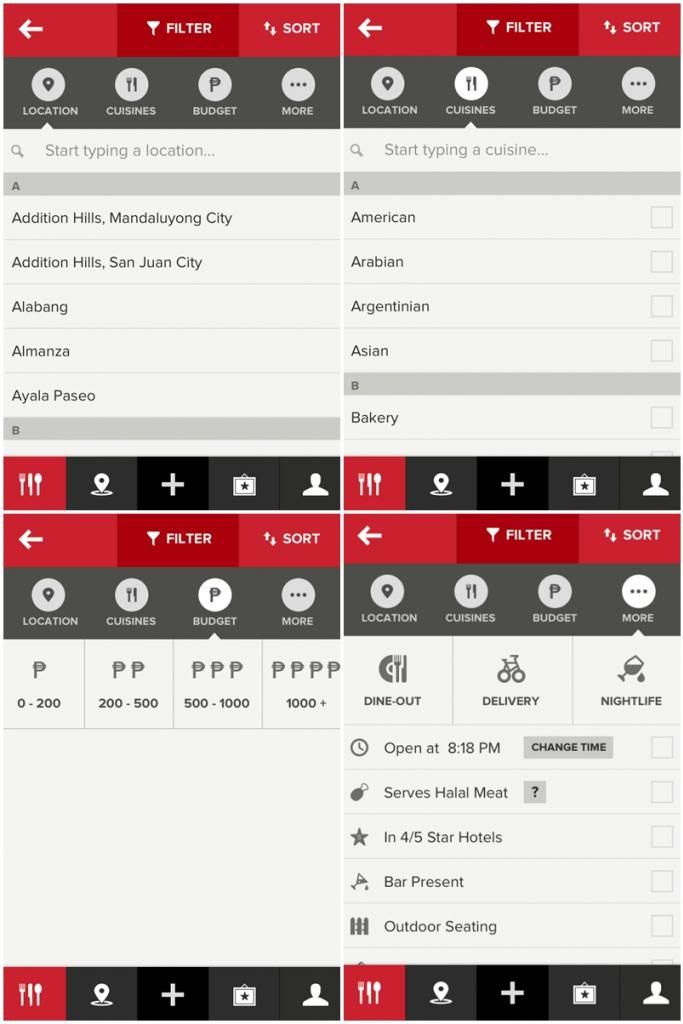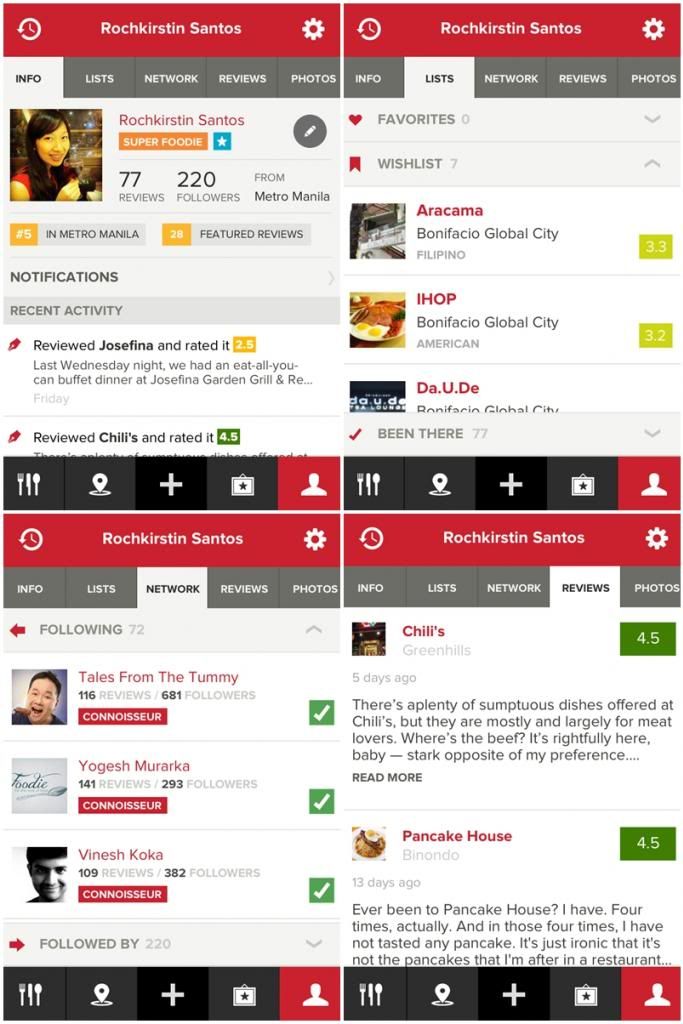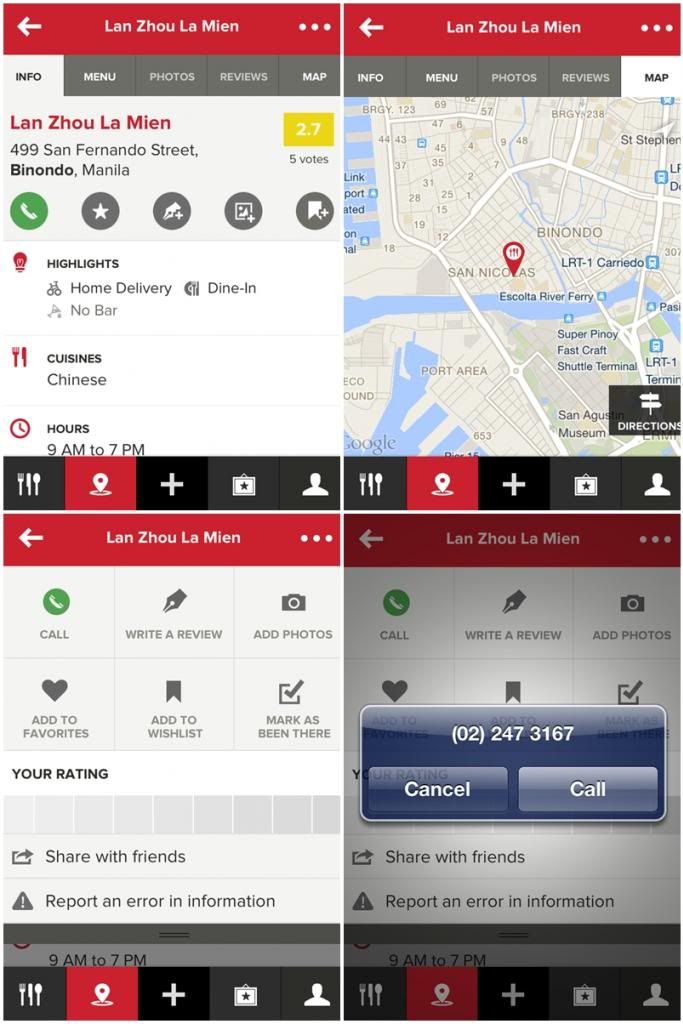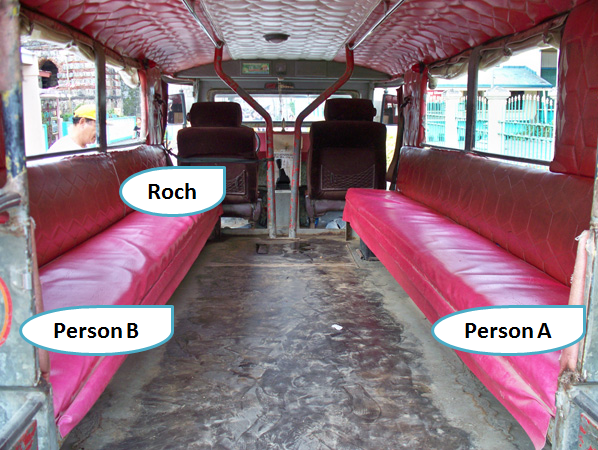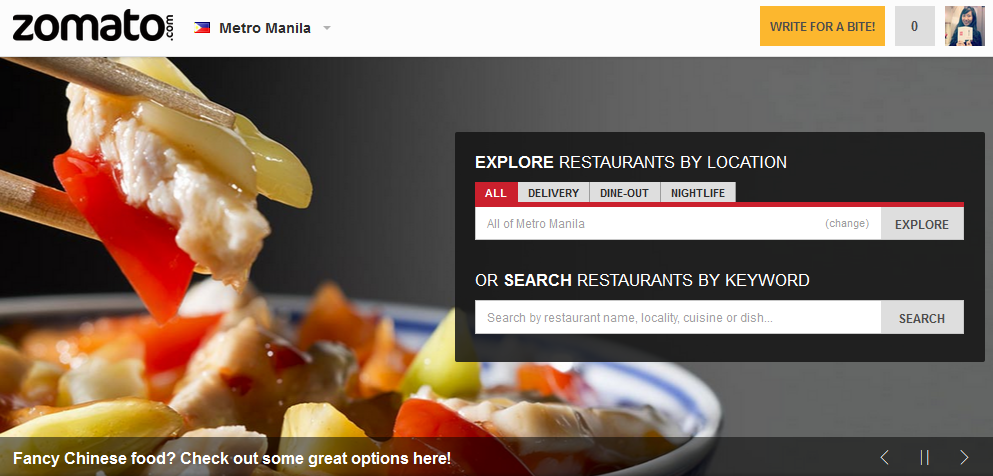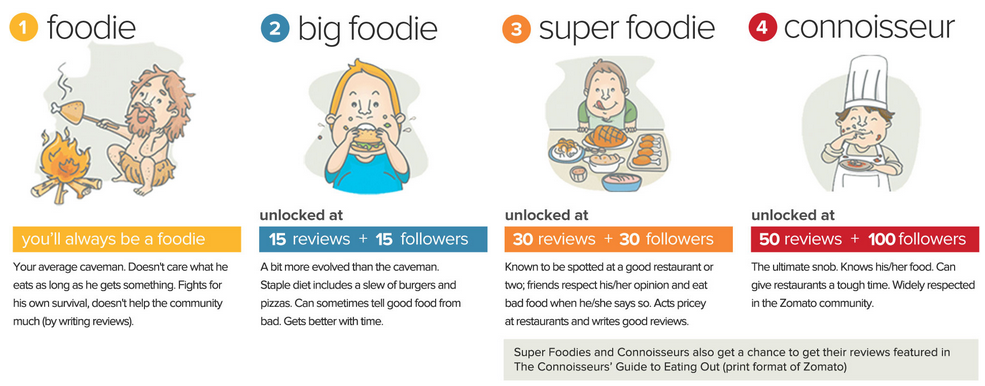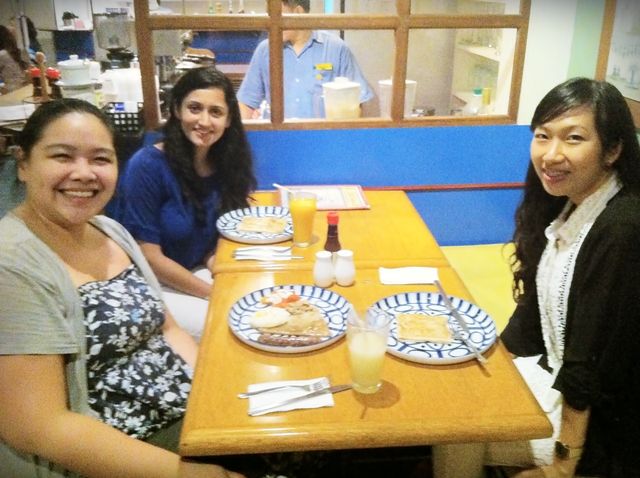Philippine NBI E-Clearance System – Let’s get beyond obstacles and improve what can be improved. This post is a response to the efficiency of NBI’s new electronic system for clearance, with a diagnosis on the 4 M’s: Methods, Machines, Materials and Manpower.
Improvements from Manual Clearance to Electronic Clearance System
Undeniably, compared to the manual process before the electronic system has been developed and implemented, there are improvements that have truly been realized. Also, as the number of NBI centers grew nationwide, citizens can go to the nearest NBI satellite offices or shopping malls relative to their residential location with ease. This results to more convenience and less hassle. People don’t have to endure the scorching heat of the sun, as these facilities provide roof and enough protection with security guards and staff of the government agency.

With the newly automated e-clearance system recently launched, people can apply for NBI clearance online. That’s a commendable move right there! Initial steps as indicated in their official website are: (1) Pay the clearance fee via G-cash or physically go to a Globe Payment Center; (2) Log on to nbi-online.com/login to register for an account by entering the following information: e-mail address, payment reference number, birth date, and text of captcha image and then clicking on the “Validate” button.
Problems of the NBI E-Clearance System
I thought that the NBI E-Clearance System, as a solution, would stop complaints of people in queue for their NBI clearance. But no. I just experienced their service firsthand, and my frustration and disappointment came gushing out in a torrent. 😡
These are the problems I met:
1. Overcapacity of the NBI E-Clearance System’s Server
The first problem starts when the applicant logs on to nbi-online.com/login. The webpage neither confirms successful entry nor sends any notification error but reloads itself several times until the user is pissed off.
When we called NBI trunkline number (523-8231 to 38), the operator said that it won’t function because time was already past five o’clock in the afternoon, and the NBI registration page for E-Clearance only works during office hours: Mondays to Fridays, 8AM till 5PM. Oh wow, what an awful setup for an online system, I thought.
This happened on a Friday, so I waited until Monday to re-do the procedure but was faced with the same outcome…
An online transaction processing system is meant for increased accessibility, simplicity, time-efficiency and cost-efficacy. It’s expected to hasten the facilitation and management of transaction-oriented applications. Little did I know that NBI’s application system has been imposed with limitation on availability which refutes its core purpose.
2. Inability of NBI Customer Service Representative to Provide Right Answers
We called the NBI Help Desk once again and learned that the former info told by their staff was incorrect. In fact, NBI Deputy Director for Technical Services Lawyer Reynaldo Esmeralda mentioned in a press release that “the clearance system is a 24/7 (twenty-four hours, seven days a week) service.”
Simple analysis revealed that the problem may be caused by the overcapacity of their network’s server. Because there’s a huge number of users entering and submitting info concurrently, there may be dropped connections in the back-end, and the system database can’t store and take new submissions. This results to failure or delay to process queries, daemons falling behind and slow website access.
To improve performance, NBI should request their IT support team or vendor to provide them with server performance reports for them to determine how database workload is distributed across servers and they can review a recommended resource-balancing plan. Activity trends on the network must be mapped to a workflow to identify response time and then they should also be able to decide whether they have to upgrade the memory to match the number of users they have to support.
In sum, my mom and I tried about 10 times to validate and enter information on NBI’s website before getting it through successfully at last.
When my email address has been registered, I had to confirm my account by entering the confirmation code sent to my email (automated system response) to the same NBI website. I filled out basic personal information fields and printed the sheet with QR code to present to the NBI office as proof of application. I booked the date of my visit to the main branch through SMS, after following straightforward instructions.
This morning, as scheduled, Mom and I went to NBI-Taft for the live scanning of fingerprints and image capturing. I thought the process won’t take long since I already have supplied my personal information online.
I have no qualms on the system’s effectiveness this time but on the productivity of NBI’s staffs who are taking their time like they have all day to process one application.
3. Inefficiency of Encoders to Complete their Tasks Fast
I expected that it would take less than a minute for each applicant to complete the biometrics and photo capture process. Sad to say, it took about thrice that. I intended to know what’s taking them so long to end one cycle for an applicant.
There’s only one computer used for processing applications, so there could only be one encoder. But there were two encoders involved in my observation because NBI Staff 1 took the responsibility of NBI Staff 2 in the earlier scene. This was after my mom scolded NBI Staff 1, who was the only staff present in the room, for not following the START TIME of operations at 8:00AM when government offices should strictly comply with the Philippines’ standard time law as signed by our president, PNoy Aquino.
NBI Staff 1 apologized and said that their encoder (NBI Staff 2) hasn’t come in yet (late). We could not let this reason pass. Thus she was forced to take over. She took the piled sheets of paper with QR codes from the stack and started calling names at 8:08AM (time at their digital clock).
I was eighth in the line. While other applicants sit on the waiting area, I stood in front of the door, peeked through the small glass window and performed a time-and-motion study of the process using my reliable iPhone Stopwatch.

NBI Staff 1 completed five applications before NBI Staff 2 entered the room. So I was the third “customer” of the latecomer. Here’s the tally of their average processing time (in seconds) per applicant and per task.

Steps Dissected:
Scan QR Code should be as easy as scanning the bar code of a grocery item by the cashier for checkout. NBI’s scanner may be the culprit here as it may not have much sensitivity to capture the image so it requires careful positioning of the paper else the staff has to try again and again until the code gets read. (Problem related to Machine)
Verify Info should be as easy as showing the entered basic personal info entered previously by the applicant (i.e. full name, birth date, sex) on the screen and asking the applicant whether they are correct. I think this is an easier procedure than what’s actually being done because the eyes read faster and the applicant can confirm even the spelling of the name faster. Right now, NBI staff/encoder verbally asks the applicant to say yes or no after reading what’s on the screen. (Problem related to Method)
Human error is also to blame for delay. I didn’t hear the conversations of other applicants before me because the door was closed; I can only share what happened in my case. NBI Staff asked if my name is “Kirstin” and even doubted it’s supposed to be “Kristin.” They already have my two valid IDs (voter’s ID and company ID) and yet they’re not sure of the correct spelling. This thing should not be asked. He continued, “July 13, 1989.” Whoa! I don’t know if he’s just sleepy or just want to prolong the process. The screen clearly shows that my birth date is on “June 13, 1989.” I had to correct him verbally once more. (Problem related to Manpower)
Take Photo should be as easy as taking a “selfie” these days, using the web camera attached to the computer. I think the usage of their defective optical mouse contributed to additional seconds for he had some trouble in maneuvering the pointer to the “Save” button and clicking it to save the photo to my profile. (Problem related to Machine)
Scan Fingerprint should be as easy as placing my fingers on the biometric scanning machine one by one. Similar to the Scan QR Code task, the delay probably rooted from the insensitivity of the scanning device, so each finger had to be really pressed and positioned right on the center or the scanner couldn’t read properly and the task should restart again. (Problem related to Machine)
Print Claim for Clearance should be as easy as clicking on the Print button on the screen and getting the paper released by the printer. Similar to the Take Photo task, maybe the faulty mouse has got something to do with the lag. (Problem related to Machine)
Staple Claim for Clearance to Sheet w/ QR Code should be as easy as attaching the two printed sheets together with the use of a stapler. However, because of the many pieces of paper which I’m not sure were organized on the staff’s desk, time in searching for the sheet with QR code of the applicant makes up for the delay. (Problem related to Method)
4. Poor Synchronization of Records in the Database or Lack or Absence of a Centralized System
After getting the stapled sheets, the applicant will be either asked to go down to the third floor from the fourth floor to claim the NBI clearance certificate when there are no namesake or wait for a week for NBI to check and confirm findings.
I wonder why it would take them that long to check, when all names of criminals are recorded in a master database and a simple search query to match names should do the trick. I guess they don’t have an updated database that insures a smooth and sustainable operation.
The problem may be caused by these probabilities: decentralized databases of all NBI centers, poor synchronization or untimely update of their records. In any case, they should solve this soon by redesigning the setup of the system or making sure that they have an updated database with organized records in real-time. A centralized database entails fast results since the search engine does not need to check multiple locations to return hits.
I think it’s still acceptable if an applicant is named Joy, Christopher, Michael, Reynaldo, Joseph, Mark, Mary Ann and other common names in the Philippines and his/her application status is put on hold. The chances of having the same name with convicted people as recorded in NBI are pretty high. To draw a distinction, not everyone’s name is as unique as mine and I don’t think there’s anyone with exactly the same name or even sound like my first, middle and last names combined.
Still, I have to wait for a week before clearance is served. 😯
Wrap Up
While I acknowledge the improvement of NBI’s service from their former manual system and process, I still can’t get over the fact that there’s a large difference between what I expected and what is.
Some readers here may think that NBI staffs’ current performance in regard to time is adequate. But as a savvy customer who’s into immediate response and consistent improvement, I’m looking for a rather leaner processing to optimize operational efficiency and reduce overall costs.
To address these seen problems, the Philippine NBI Management must play a significant role in improving their systems and honing their people’s skills. If the staff lacks tools or experience in handling such tasks, training may be required or an update in hardware or software may be necessary to perform the job more effectively. Before that though, leaders should be able to regularly check on their staff’s productivity in granular aspect, to see if their actions are still at par with what must be accomplished.
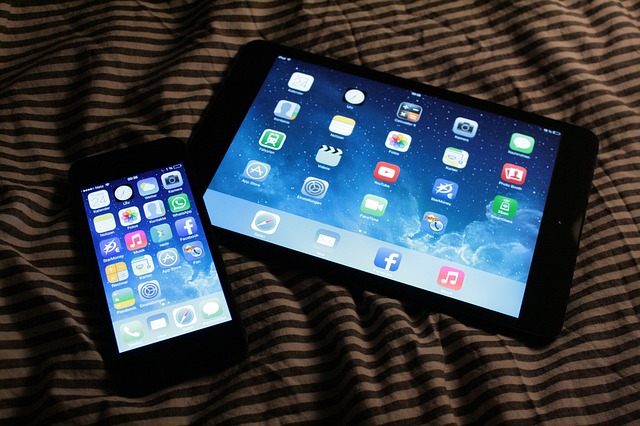


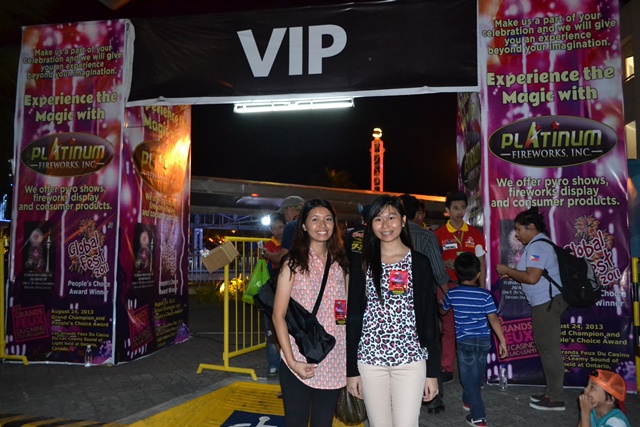 G and Nic
G and Nic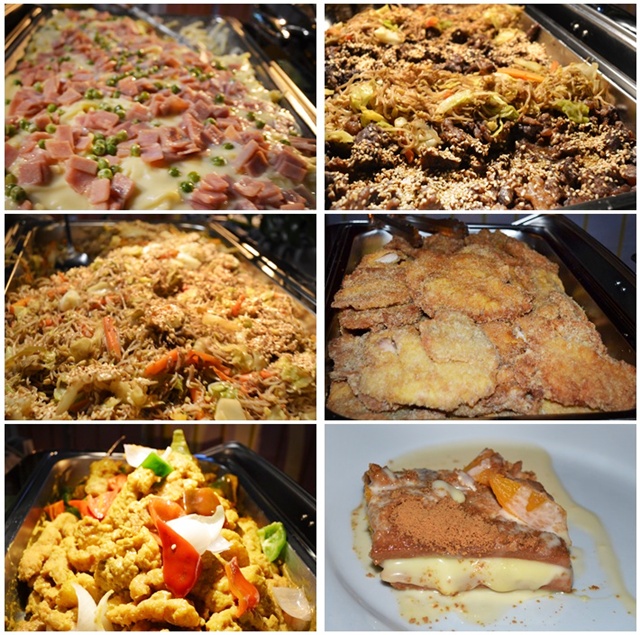
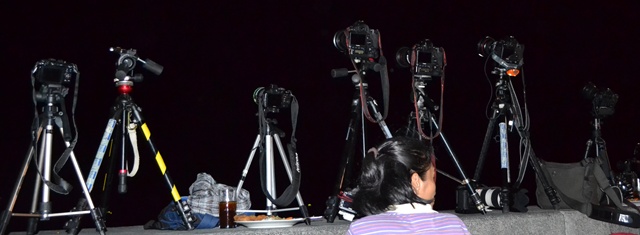
 16.1s F/22 ISO 100
16.1s F/22 ISO 100 15.2s F/22 ISO 100
15.2s F/22 ISO 100 16.4s F/22 ISO 100
16.4s F/22 ISO 100 13s F/22 ISO 100
13s F/22 ISO 100 2.7s F/22 ISO 100
2.7s F/22 ISO 100 10.2s F/22 ISO 100
10.2s F/22 ISO 100 6.3s F/22 ISO 100
6.3s F/22 ISO 100 12.6s F/22 ISO 100
12.6s F/22 ISO 100

